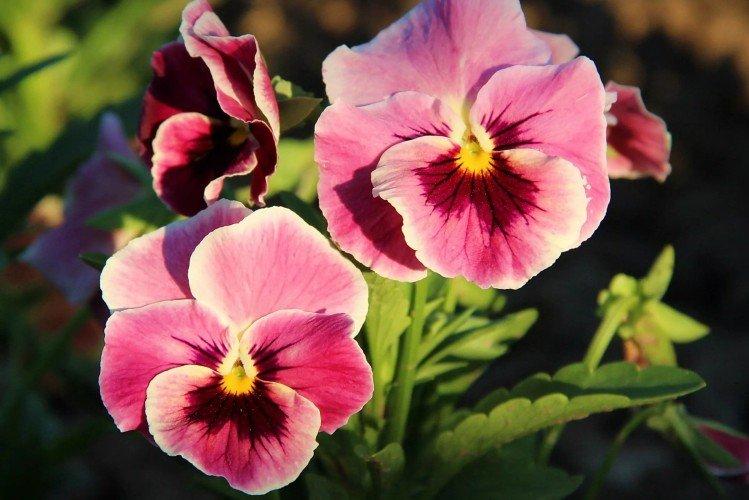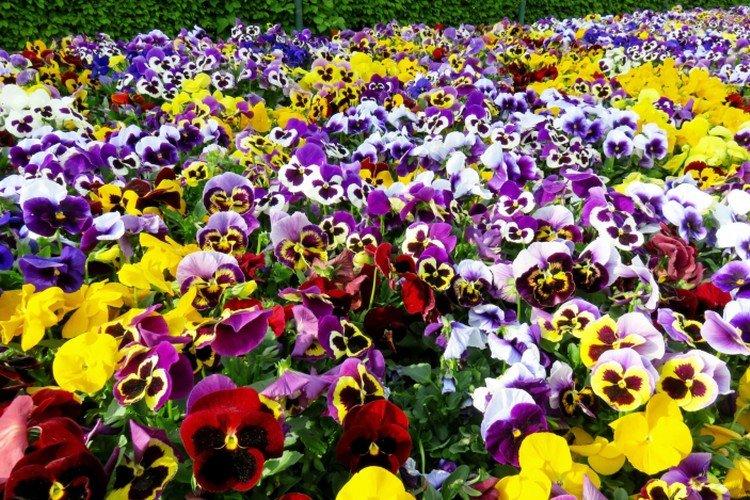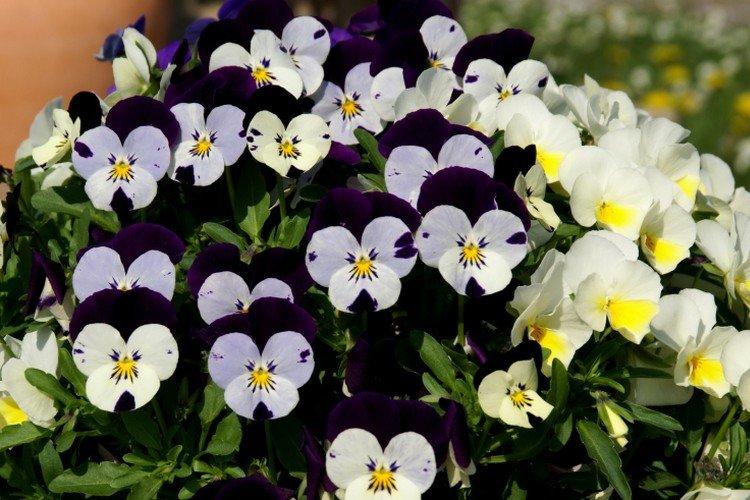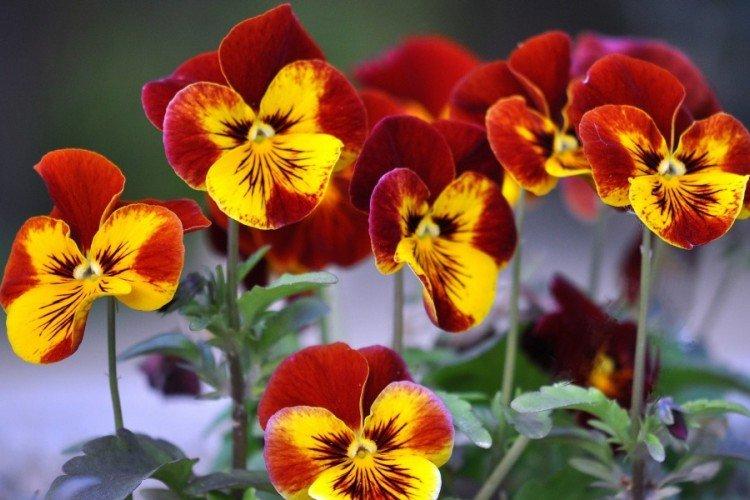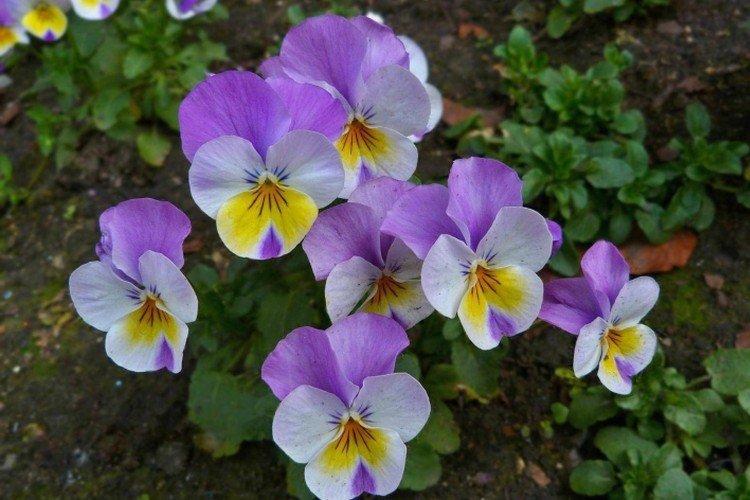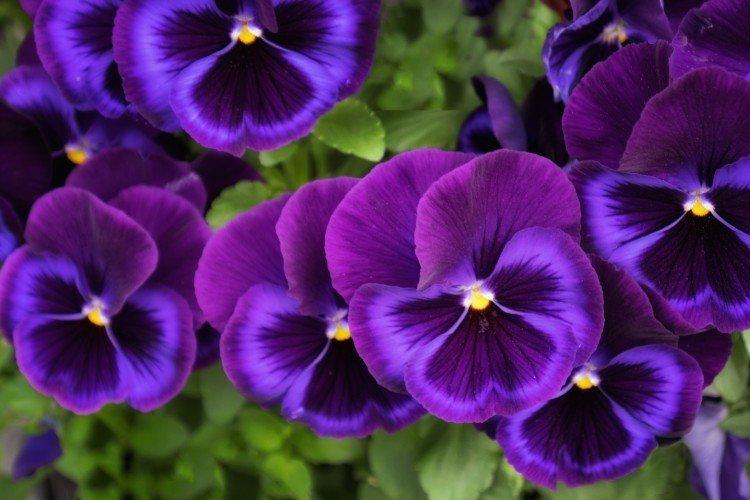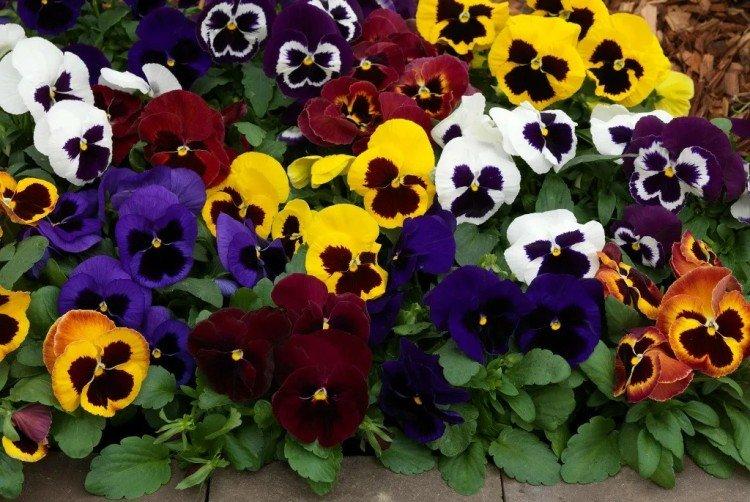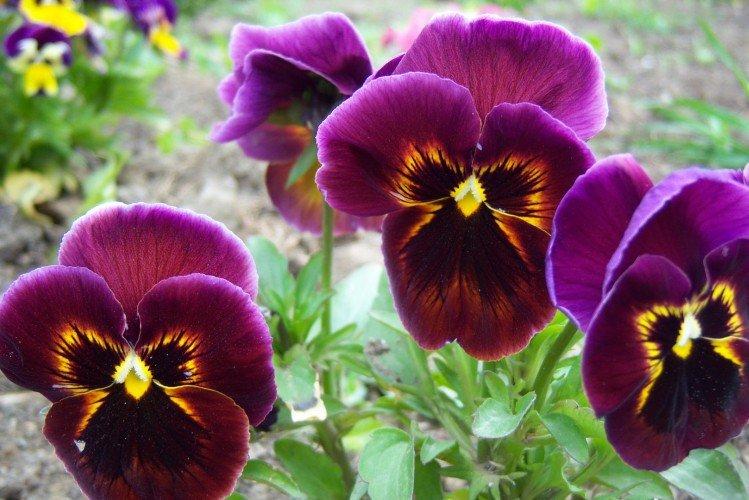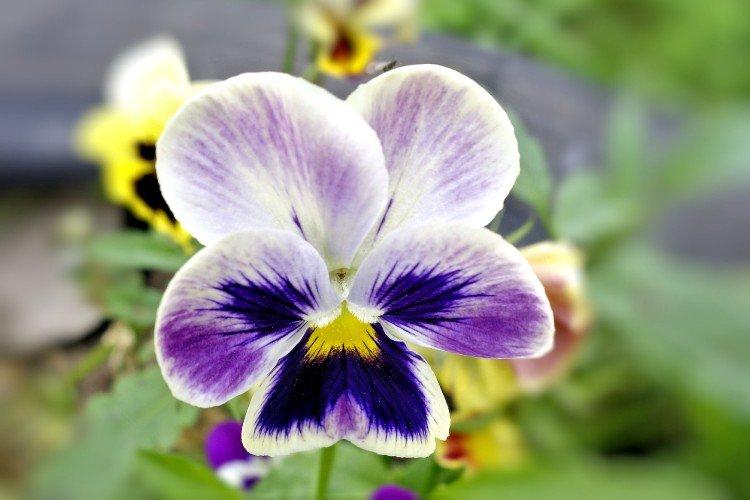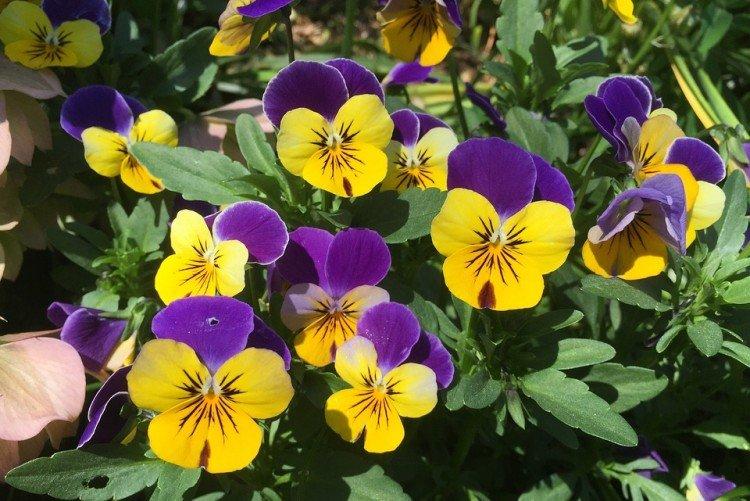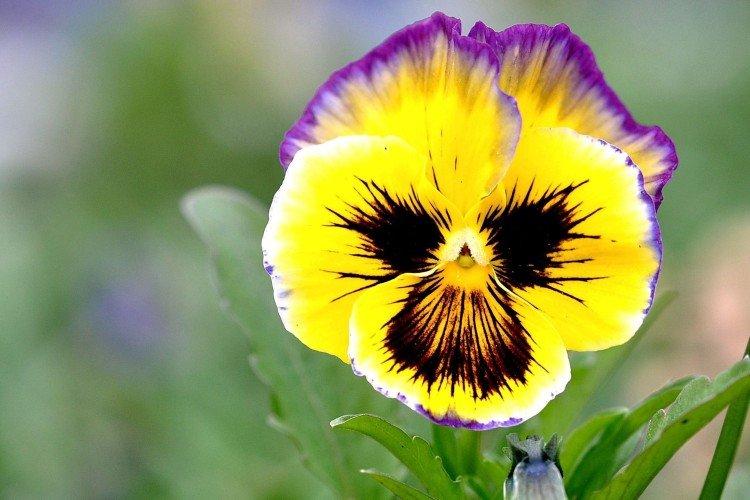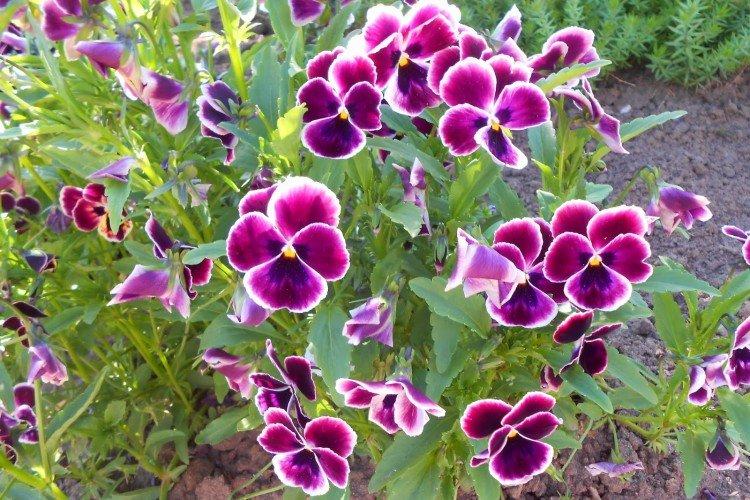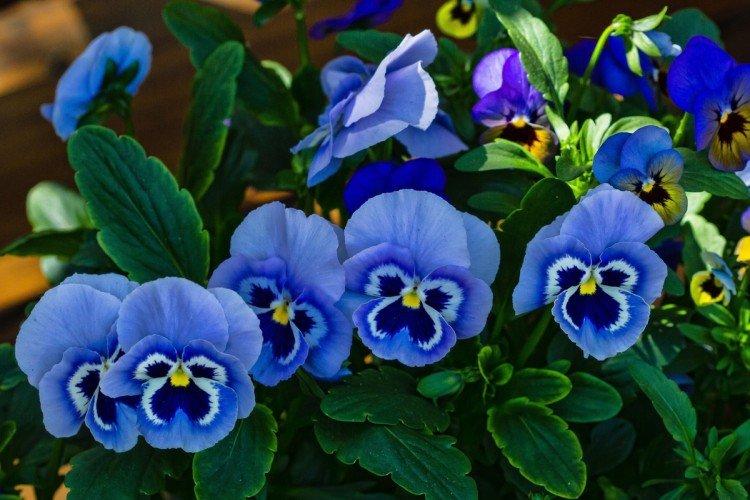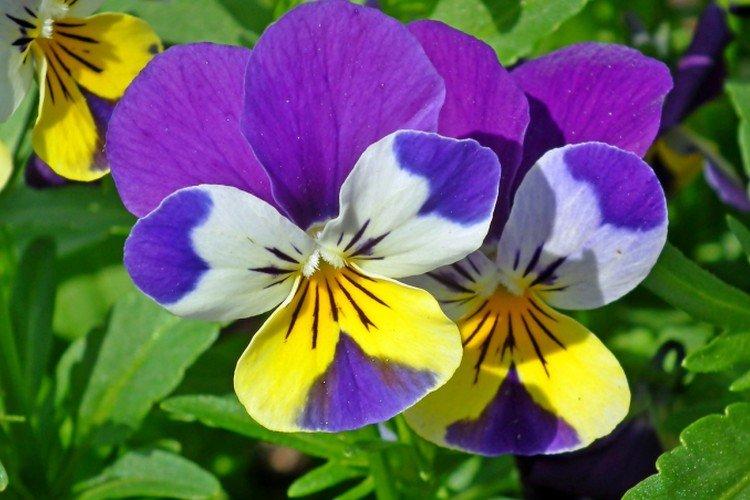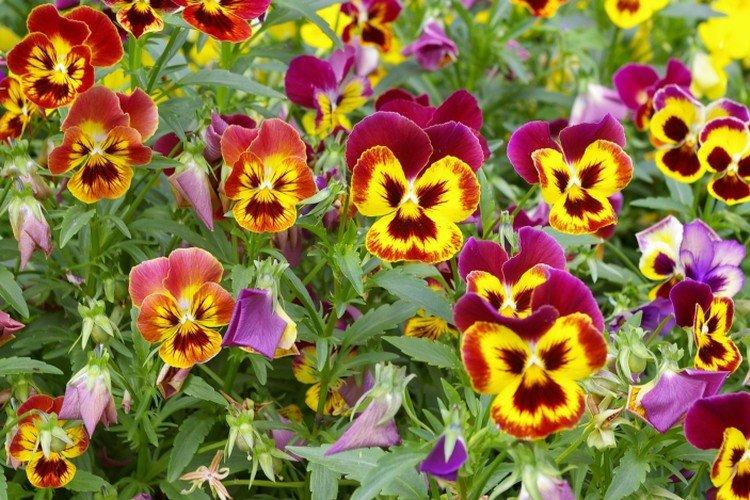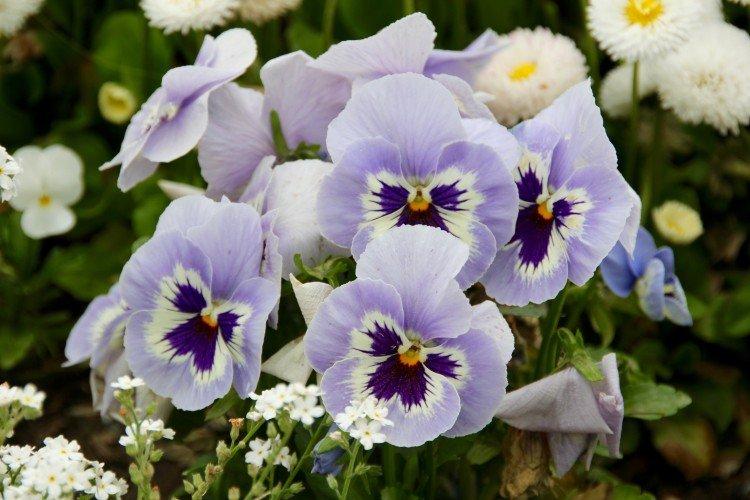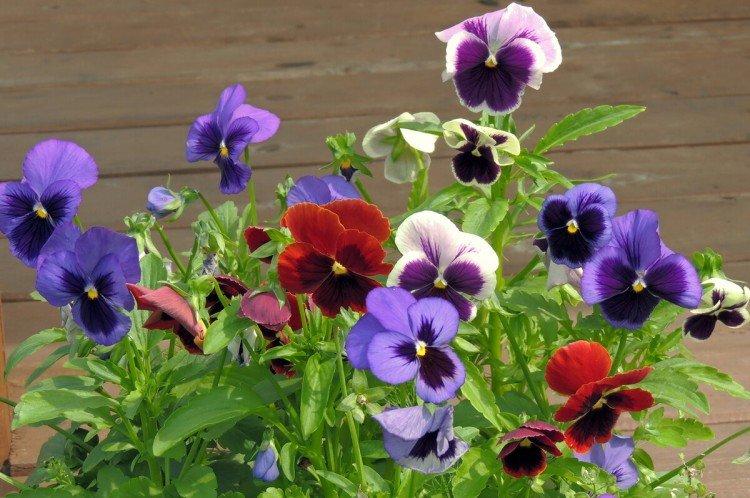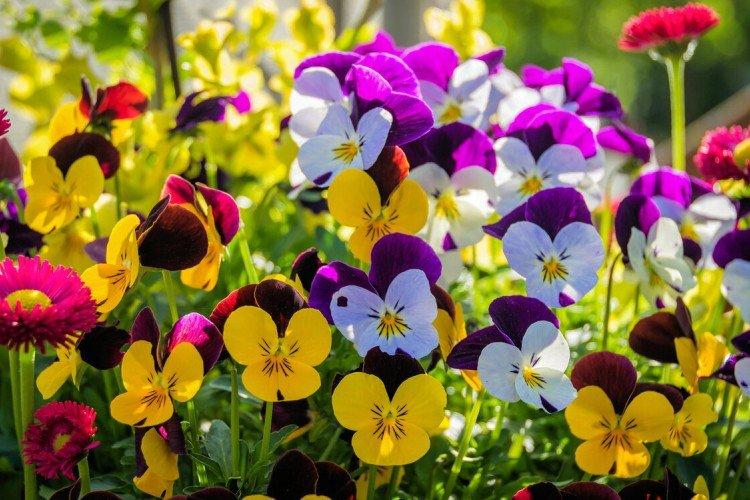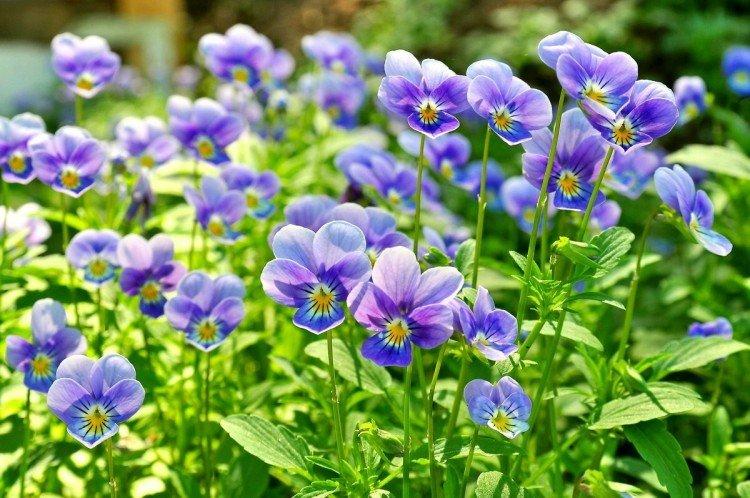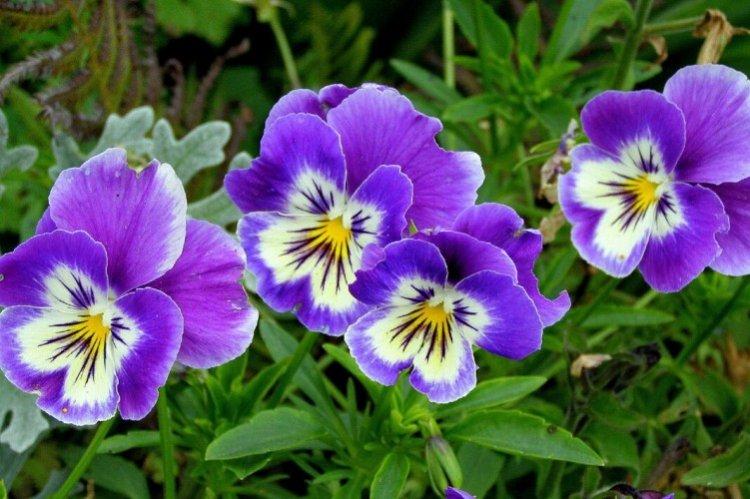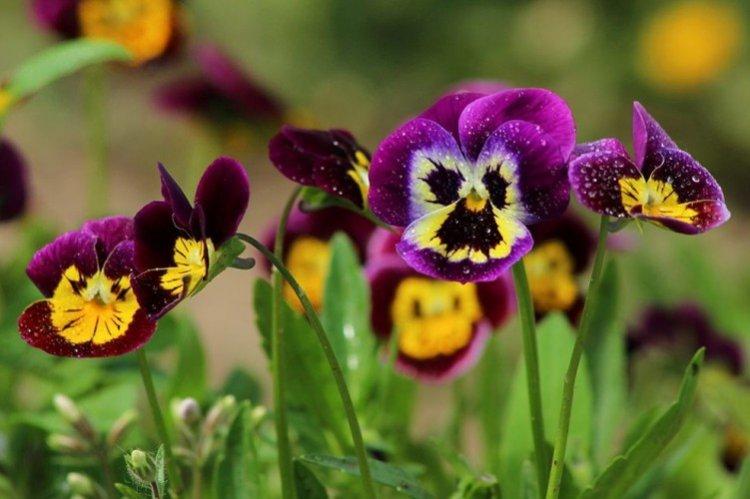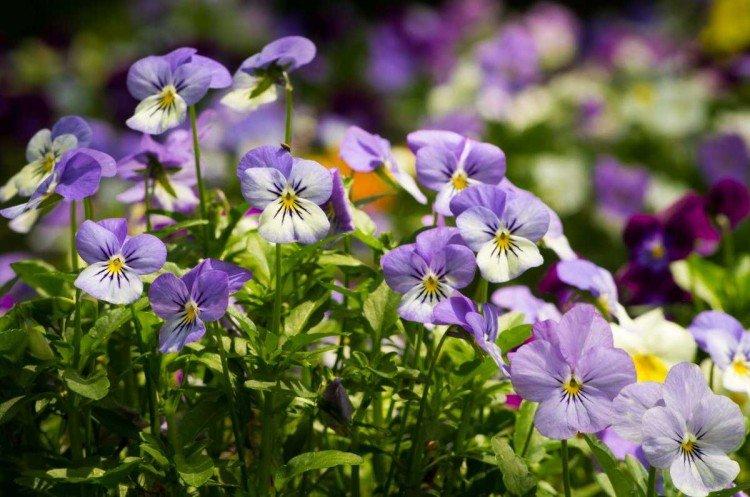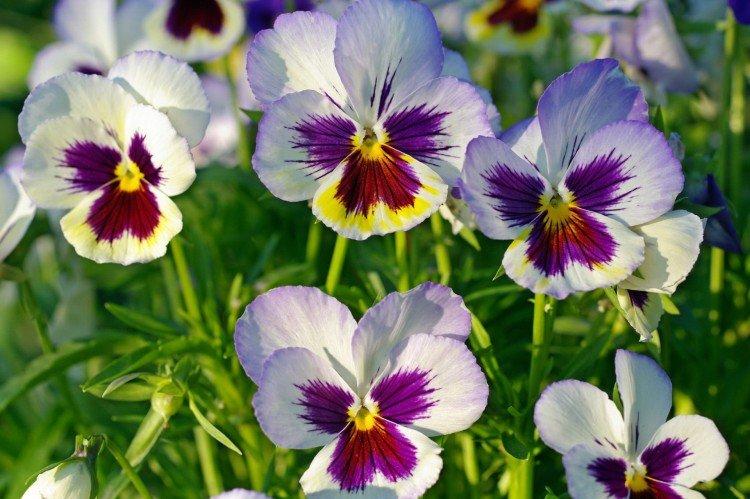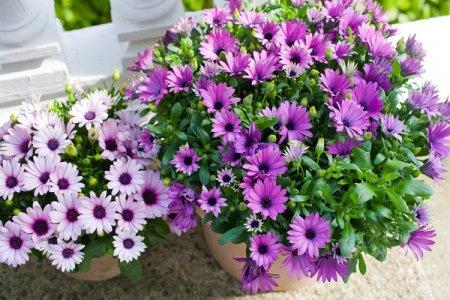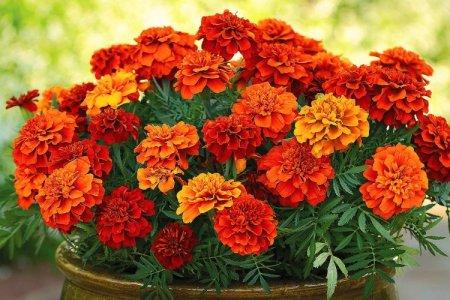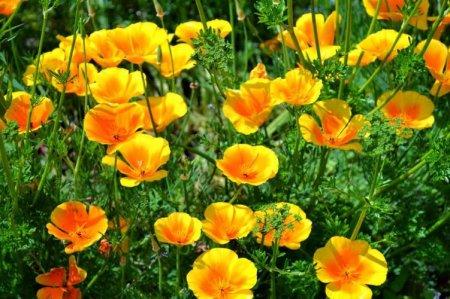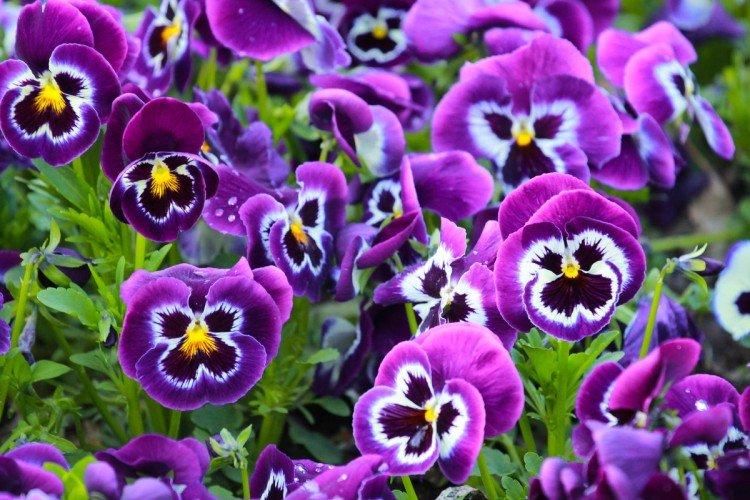
Pansies seem to be very similar to violets, and indeed they can be called a hybrid. The intricately colored center makes them bright and original against the background of other blue or purple colors. But there are other shades. Let's tell you more!
general information
In the world of pansies, it is more commonly known as viola. And this garden culture has been known for many centuries, starting from the time of the monastery gardens. Over time, hybrid forms have appeared, and the most popular of them is the Viola Wittrock.
Pansies have small dark leaves with a scalloped edge. The flowers are quite large, sometimes even up to 10 cm in diameter. They consist of four large petals, three of which look up. But this is not the only existing form.
Most often, the color of the upper and lower petals is different, and a contrasting eye is formed in the center. Depending on the conditions, pansies are grown as a biennial or perennial plant.
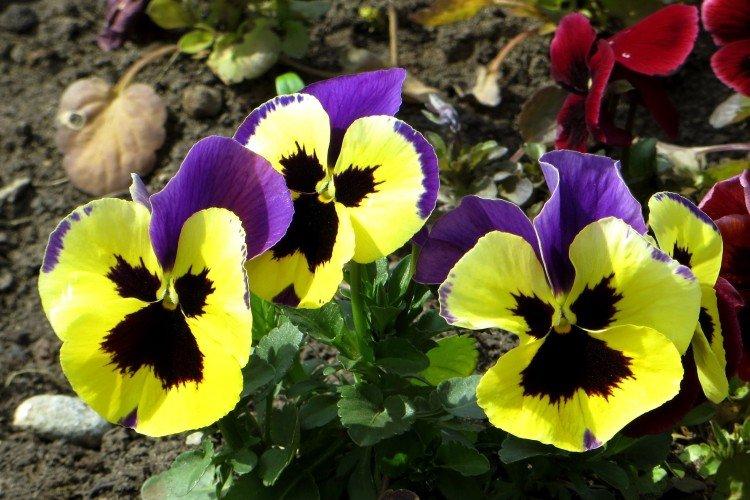
Types of pansies
Even in the wild, there are several hundred varieties of pansies in every imaginable and unimaginable color. It is not for nothing that they are common all over the world, from the subtropics to the northern regions!
Scented pansies
This species is famous for its aroma and variety of blue and purple hues. It is this viola that is widely used in cosmetology and perfumery.
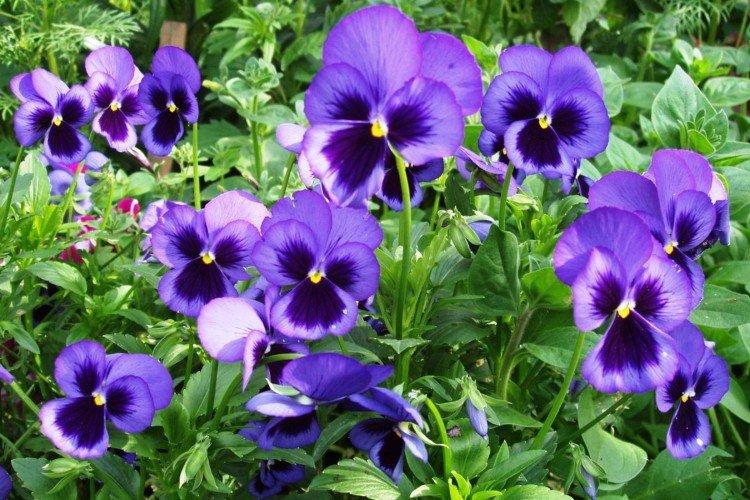
Horned pansies
Garden perennial, which got its name from the bizarre growth behind the bud. The height of the shoots reaches 25 cm, and the leaves are more elongated. The diameter of the flowers is generally about 5 cm.
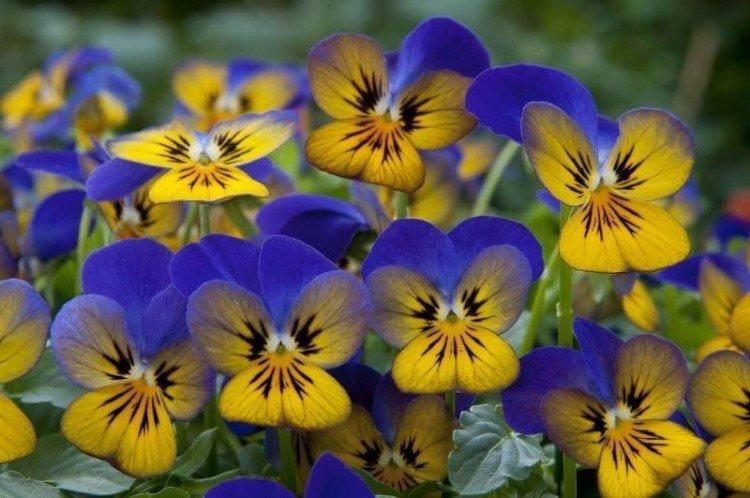
Plain pansies
All petals are colored in one uniform color. But streaks, small specks or stripes on the lower petal are permissible. Yellow and white varieties are very popular.
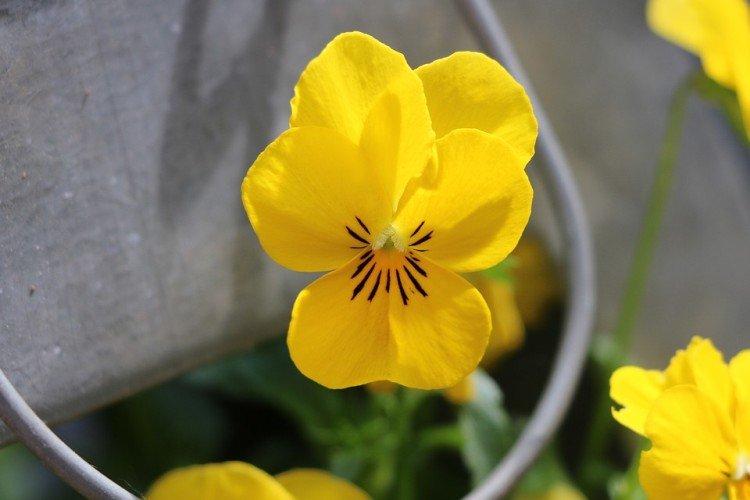
Bicolor pansies
The most common category among florists is when the upper and lower petals are colored differently. It seems that all existing colors are found here.
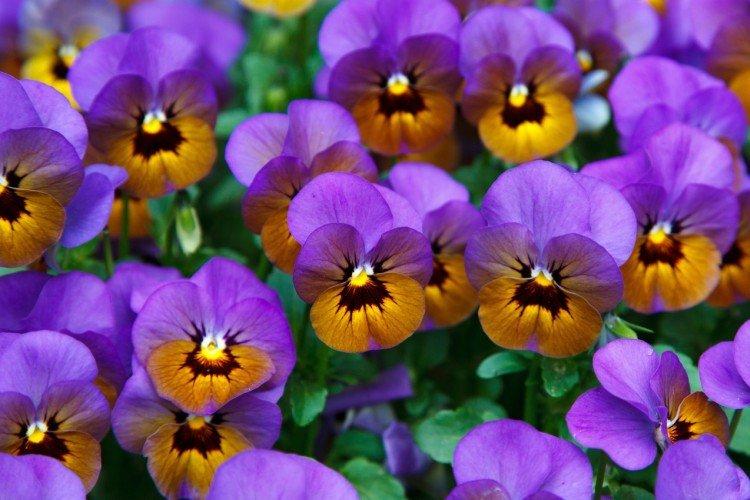
Spotted pansies
Spots on buds and petals can be of several colors at once. There are decorative varieties with corrugated flowers. A great option for shady areas.
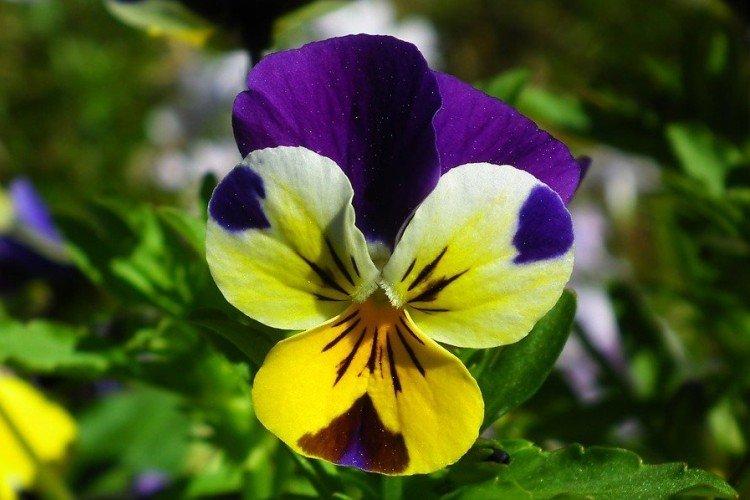
Sororia
This species is also called the moth viola, and its fancy white and lilac petals really look like the wings of a moth. It is also a perennial with beautiful heart-shaped leaves.
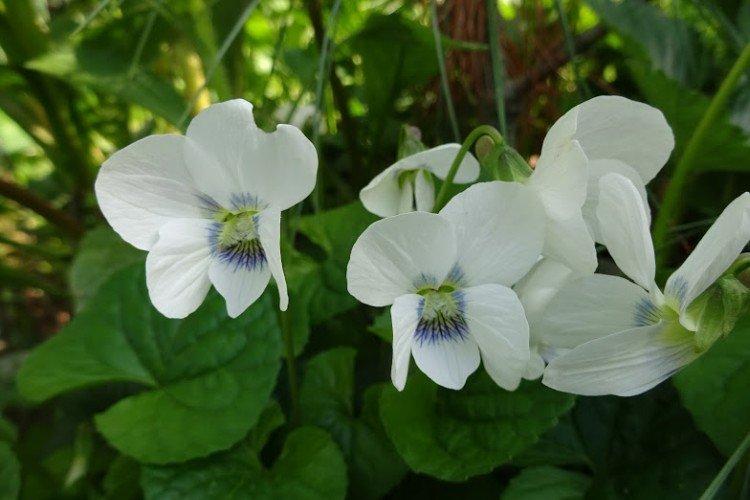
Pansy Care
Pansies prefer the middle ground in everything - in temperature, watering and lighting. Most varieties feel comfortable enough in our latitudes and do not cause problems.
Temperature
Ideal temperature conditions for pansies are 12-22 degrees. They normally survive short-term drops, but badly - prolonged frosts and droughts.
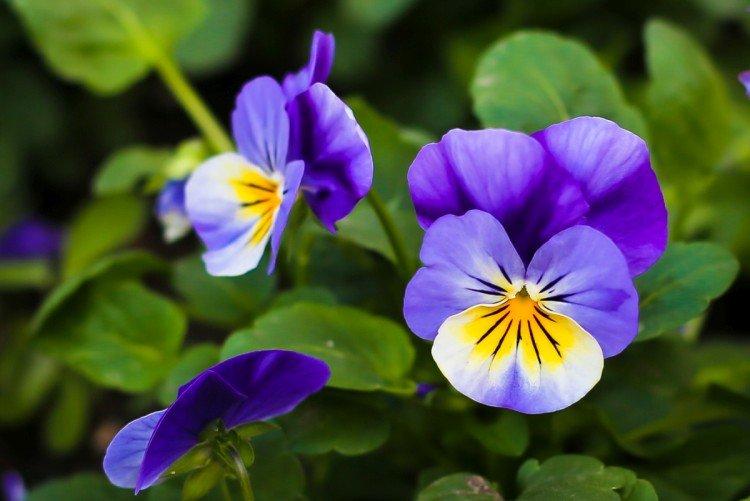
Lighting
With a lack of sun, the flowers become smaller, and with an excess of it, pansies may stop blooming altogether. The ideal duration of bright lighting is 5-6 hours a day.
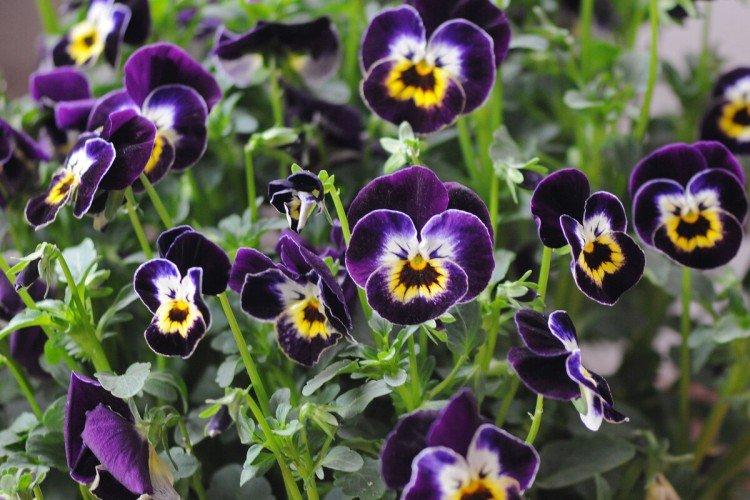
Watering
Saplings and cuttings need a constantly moist substrate, but at the same time they should not be poured so that they do not rot. Adult plants are watered with warm water as the soil dries up, and very carefully and strictly at the root. Do not wet leaves and flowers.
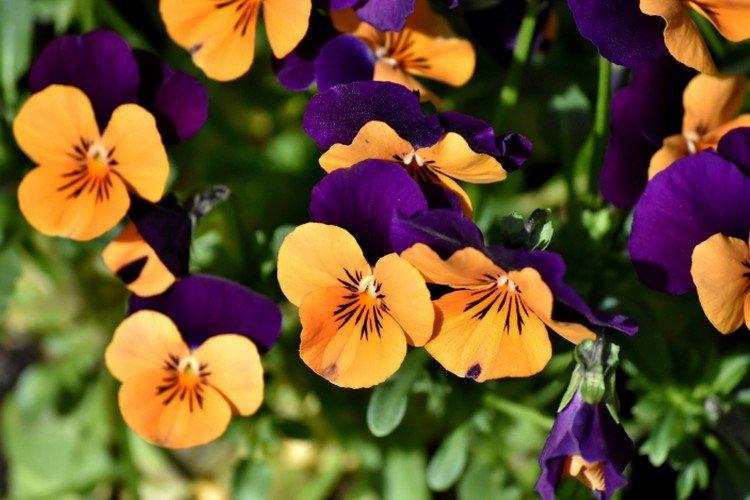
The soil
Ready-made violet soil is best suited, especially when it comes to seedlings. In the garden, in the fall, we advise you to carefully dig up the site and, if necessary, apply fertilizer.
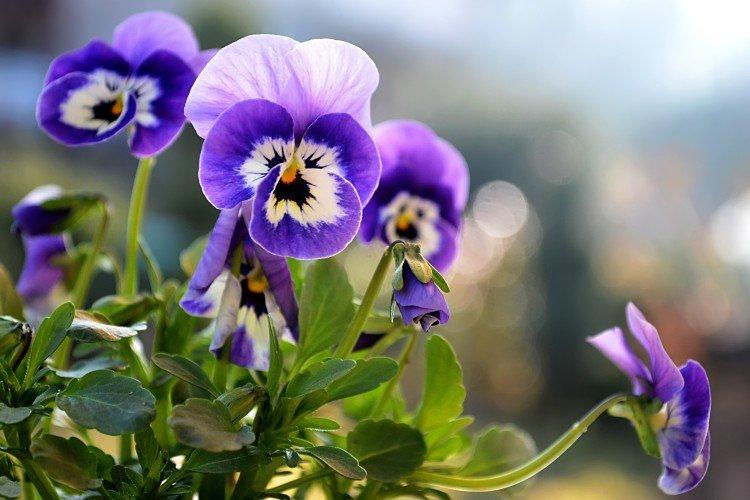
Fertilizers and feeding
Pansies love regular feeding every 2-3 weeks. Ready-made complexes for violets are still suitable, and besides them you can use fertilizers with phosphorus and potassium.
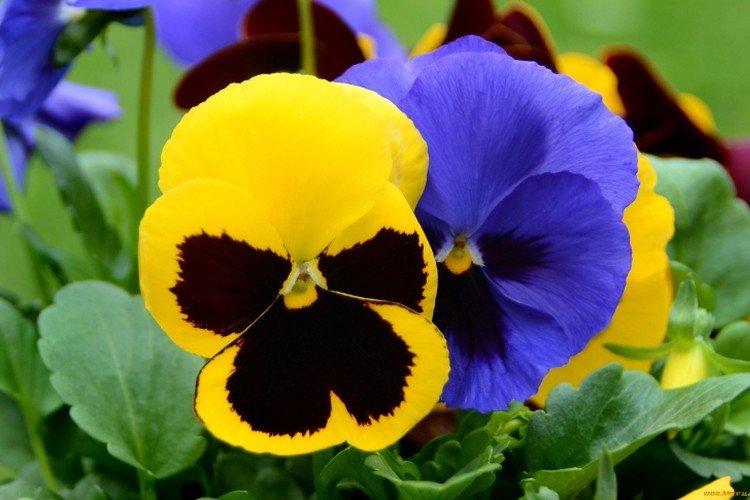
Pruning
Old vigorous bushes can be cut off, and at the same time cuttings can be used for propagation.And young bushes tolerate pinching well if you want to give them a more compact shape.
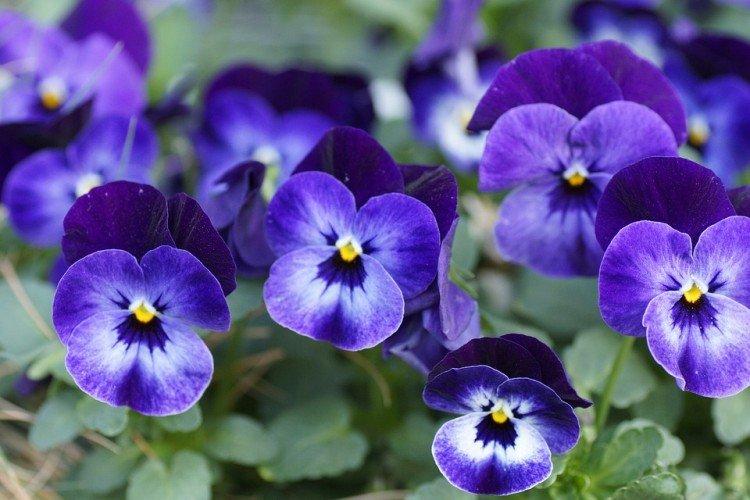
Wintering
With the onset of cold weather, cut the bush, stop watering and feeding and cover the planting with spruce branches or leaves. So the perennial frost-resistant varieties will survive the winter. With the beginning of spring, immediately remove the shelter so that the roots do not start to rot.
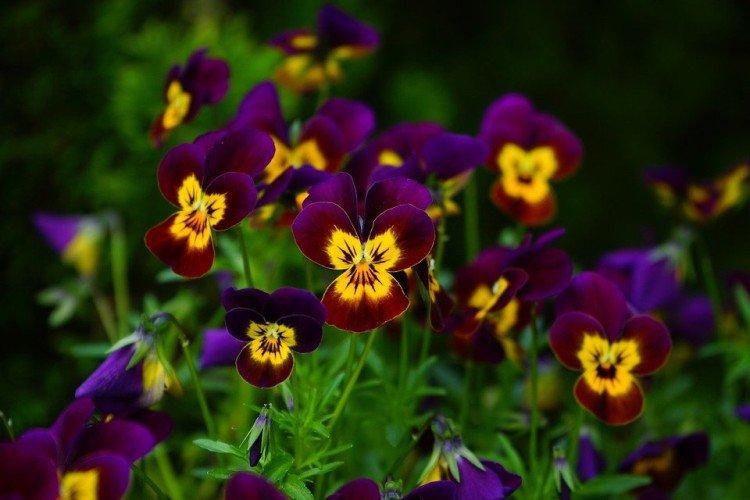
Planting and breeding
The easiest way to breed pansies is banal self-seeding. New seeds will sprout by the end of summer, and they will just adapt and acclimate to winter. There is only one drawback of this method - it is difficult to get a clear fit. But in the same way, you can sow the seeds yourself immediately after they ripen.
To achieve flowering as early as possible, pansies are planted with seedlings in February. Then the bushes will bloom next summer, but like an annual. It is enough to slightly bury the seeds in loose soil, water and leave under a film. After a couple of weeks, the seedlings can be dived.
Seedlings are transplanted into open ground in May. She will just have time to take root and blossom by summer. Do not pick flowers either during or after flowering. However, this applies to any violets.
Pansies can also be propagated by cuttings. We need healthy tops with 2-3 nodes, which are buried about 5 cm in the ground and left in the shade. After 3 weeks, with sufficient moisture, they will take root. And if you plant them in May, they will even bloom for the first time by summer. By the same principle, old overgrown plants are rejuvenated.
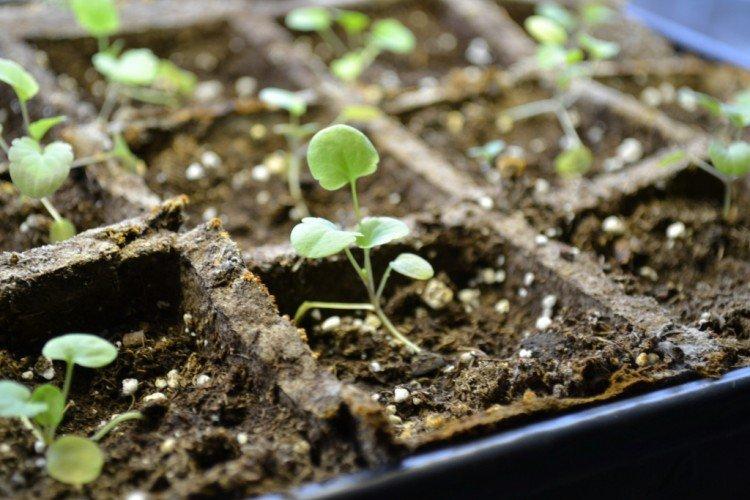
Pest and disease control
Natural species of pansies rarely get sick, but breeding hybrids are susceptible to fungus. The most dangerous problems are stem or root rot, which appear as rotting spots closer to the ground. Remove diseased plants immediately, dry the soil and sprinkle with crushed coal.
Powdery mildew or rust is less common. In the first case, a whitish bloom appears, and in the second, red bumpy spots. Removal of damaged parts and treatment with fungicides will help.
The most common pansy pests are aphids, spider mites and slugs. Due to the invasion of aphids, the shoots are gradually deformed and die, the tick leaves a cobweb, and the slugs simply eat the planting. Remove pests mechanically, spray the plants with soapy water, and use insecticides if necessary.
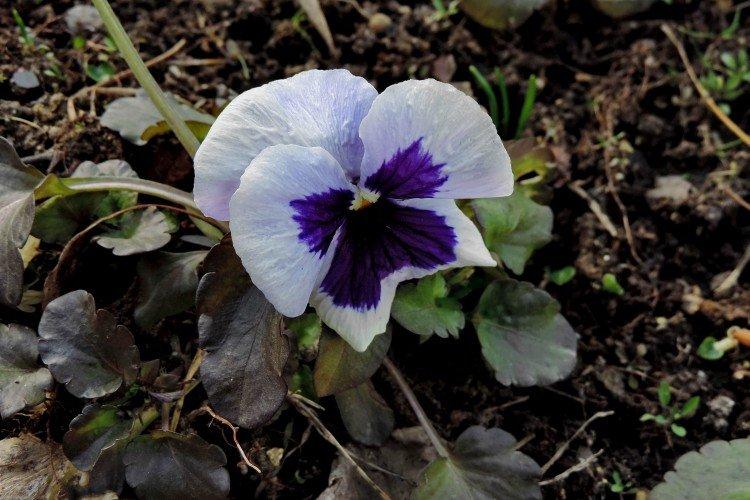
Pansies - photo
Due to its quirky color, pansies always look fabulous and exotic. It is hard to believe that in fact they are completely simple and unpretentious. Look how good they are at group plantings!
